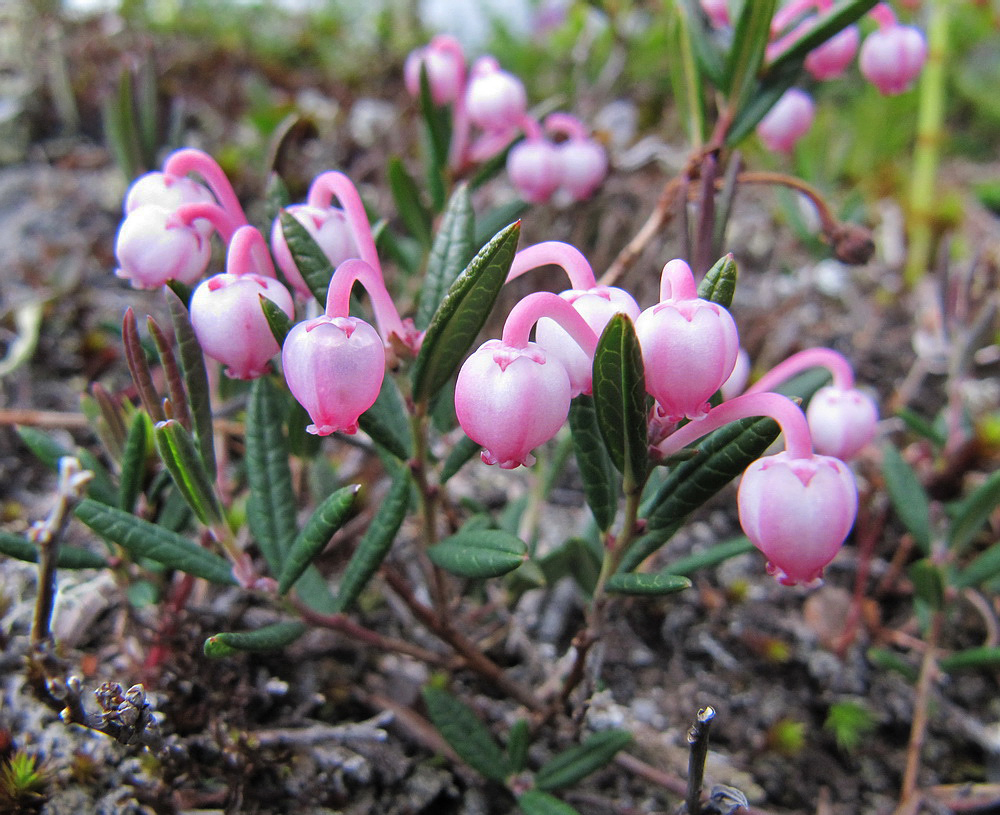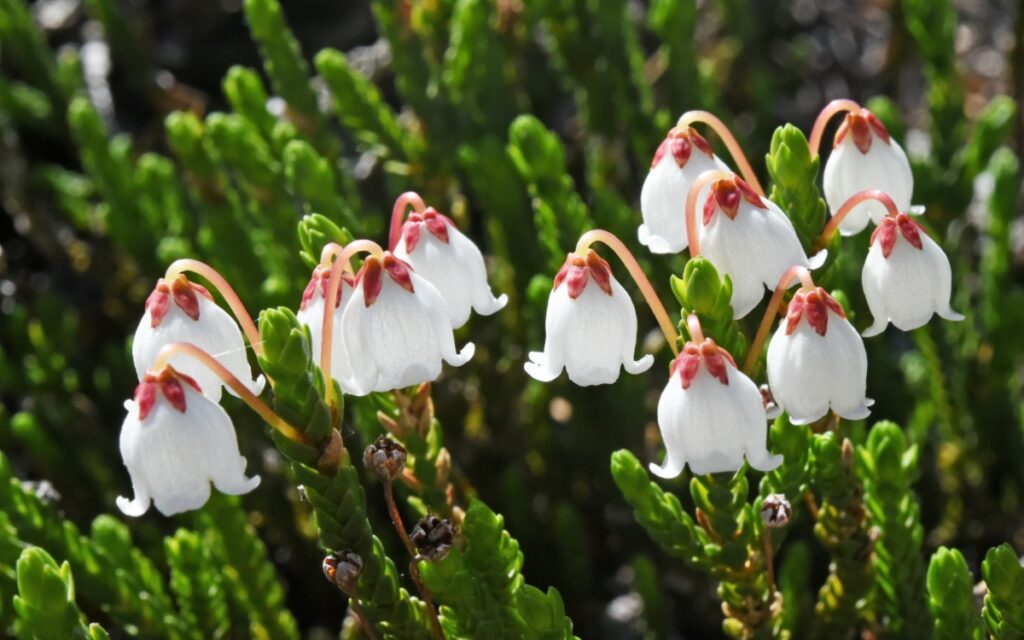Uncategorized
A Distinguished Visitor
Last Sunday, the 8th of September, I had a visit from a horticultural national living treasure, 94-year-old Ken Gillanders. Those who have lived and gardened long enough would remember Woodbank Nursery. When its annual plant catalogue produced by Ken and his late wife Leslie arrived in my mail box nothing in the world would stop me from spending the rest of the day poring over all the good things listed therein.
My greatest interest at the time lay in the selection of rare, and I should say somewhat difficult to grow, alpine plants such as Andromeda polifolia from the Canadian tundra where it, a small shrub not much bigger than a rice bowl, would produce exquisite lily-of-the-valley like bells in both pink and, more rarely, white. The Gillanders offered both coloured variants as well as an extra dwarf form. Another genus which you could only find in the Woodbank catalogue was Cassiope which could be mistaken for moss when not in flower. Native to the bleakest alpine regions and tundra of the northern hemisphere its perfect little pure white bells would melt the hardest of hearts.

David Glenn with Ken Gilanders
The Gillanders also sold more easily grown plants, some of which still play an important part of the Lambley gardens. Genista x beanii, named for a past director of the Kew Botanic Gardens and the author of Beans Trees and Shrubs Hardy in the British Isles, grows in a dry part of our garden where every spring bright yellow pea like flowers smother wiry stems of a small tidy bush.
Woodbank also sold bulbs and one in particular has turned a small elm and oak wood here into fairyland. Hyacinthoides italica, the deep mauve-blue Italian bluebell, is flowering in its thousands as I write this note. This species is best described as being intermediate in flower between the Spanish and English bluebell, although smaller than both. Its smaller size in no way diminishes its beauty.
Ken started life as a gold miner in the Central Highlands of Victoria. After that he worked at the Chandler Nursery in the Basin at the foot of the Dandenong Ranges. I knew Chandlers Nursery at the tail end of its life but it still grew many really good uncommon plants. Its display and stock garden, although over grown when I knew, it was a joy to poke around.
Ken and Leslie started their own nursery in Victoria but shifted to Tasmania where they operated until the turn of the century. Husband and wife were intrepid travelers visiting such places as the Andes mountains of Ecuador and Peru.
Over the past few years Ken and I have been corresponding about Eriogonum, the Californian buckwheats, a genus which interests both of us. We swapped both plants and seeds of this fascinating genus. Unfortunately I lost a few species of Eriogonum during the extraordinarily wet seasons we’ve been having lately.
Leslie Gillanders died five years ago and Ken has moved from the nursery property to a smaller garden in Hobart. He is still a plantsman. He’s still fascinating. I had a very happy hour reminiscing with him.

Andromeda polifolia
